Pantry Staples for Gardening: Frugal Fixes That Actually Work
Discover how to use common pantry staples for gardening success. These frugal, natural fixes can boost soil, deter pests, and help your garden thrive.
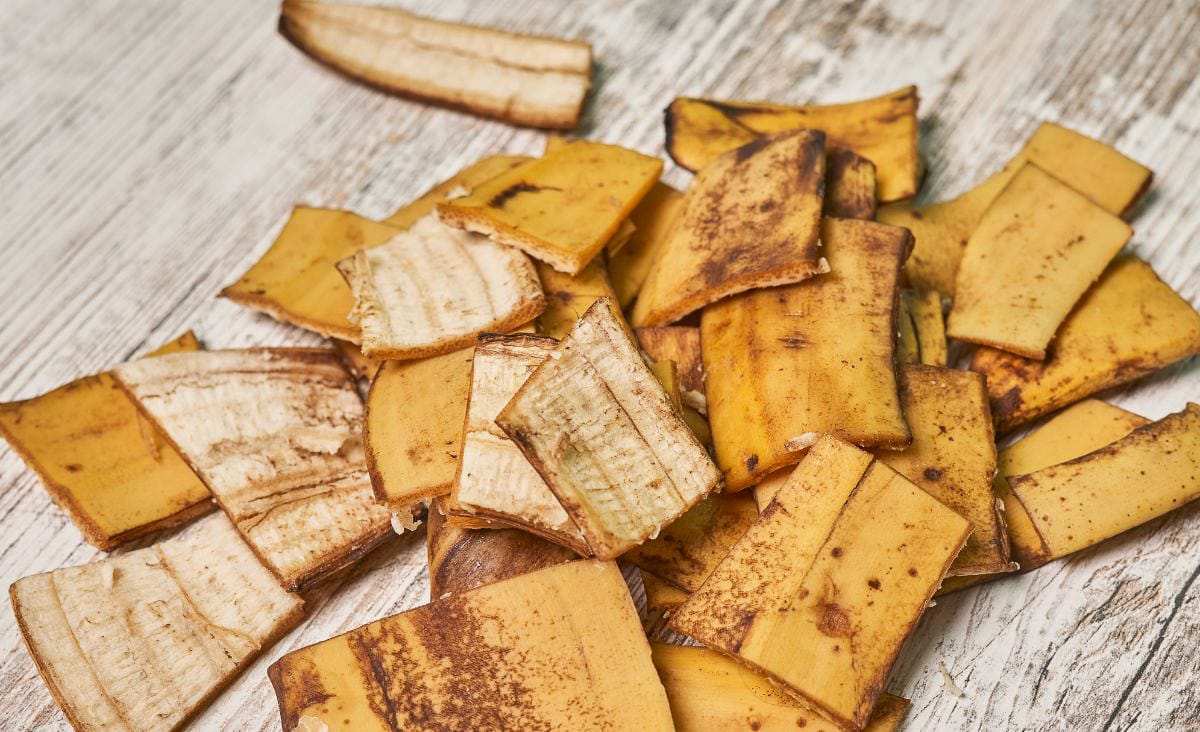
There’s nothing more satisfying than growing a garden that thrives—except maybe doing it without spending a dime. I’m all for fancy tools when they help, but more often than not, I find myself turning to the pantry or fridge to fix garden problems. Whether I’m troubleshooting pests, enriching the soil, or boosting seed germination, I love using what I already have on hand.
If you’re trying to garden more naturally, more frugally, or just more creatively, this post is for you. Below, I’ll walk you through a list of everyday ingredients—like Epsom salt, powdered milk, coffee grounds, and even black pepper—that can make a real difference in the garden. These are methods I’ve personally used over the years, and they’re simple enough for any homesteader to try, whether you’re on a quarter-acre or out in the middle of the woods.
15 Pantry Staples That Belong in Your Garden
Before you toss those kitchen scraps or expired staples, take a look at what they can actually do in your garden. Let’s kick things off with one of my favorite multi-use helpers—eggs.
Eggs
Why: Eggs are rich in nitrogen, calcium, and other trace minerals. When buried, they slowly break down and release nutrients that help feed deep-rooted plants like cucumbers. Rotten eggs are also a powerful deterrent for deer due to the sulfur compounds they release.
How to Use:
- For fertilizer: Bury a whole hard-boiled egg 6–8 inches deep in the center of your cucumber or squash hill before planting. The nutrients will be slowly released right where the roots can use them most.
- For deer deterrent: Blend 5 whole raw eggs into 5 quarts of water (don’t strain it—chunks make it more effective). Pour the mix around the base of plants you want to protect, especially those deer tend to nibble on like hostas or beans.
When to Use:
- Fertilizer: At planting time in spring or early summer.
- Deer deterrent: Any time deer pressure is high—reapply every 2–3 weeks or after heavy rain.
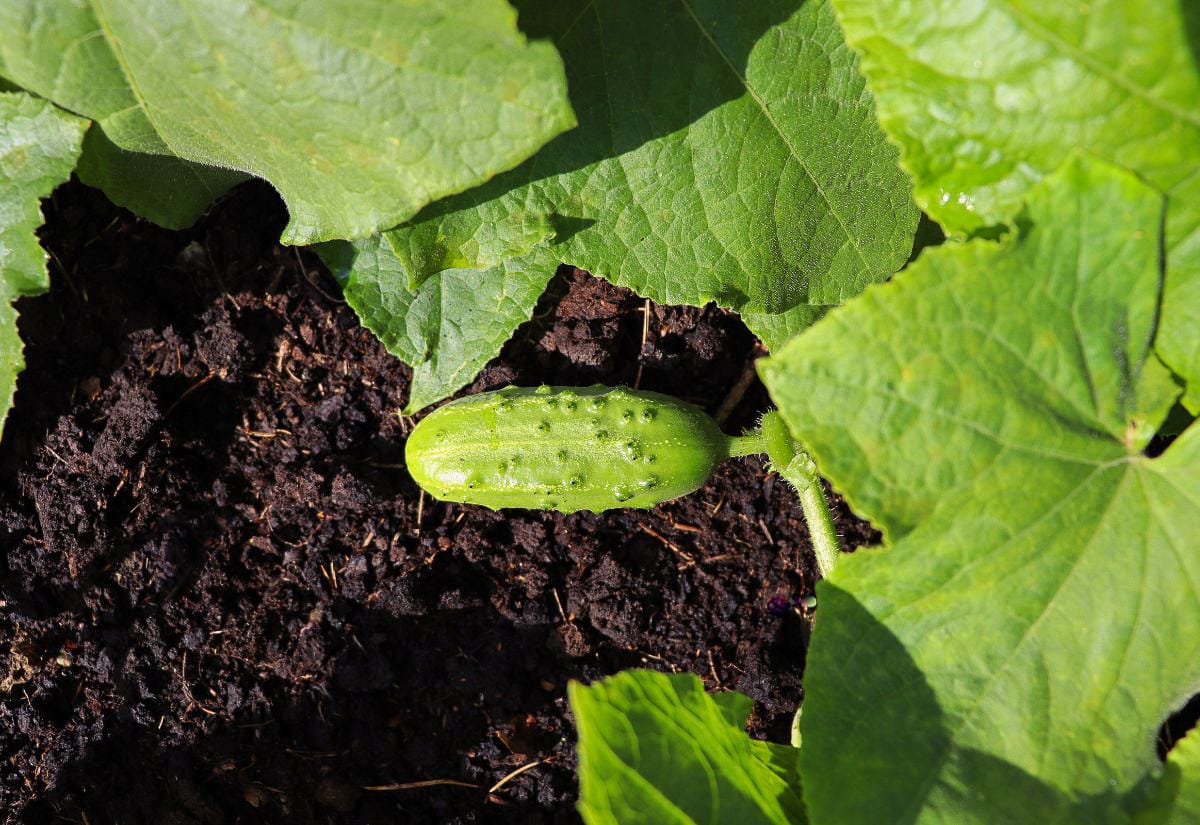
Banana Peels
Why: Banana peels are high in potassium, phosphorus, magnesium, and calcium—nutrients that encourage strong roots, bigger blooms, and disease resistance, especially in heavy-feeding plants like roses and tomatoes.
How to Use:
- Chop the peel into small pieces and bury them about 2–4 inches deep around the base of plants.
- For a foliar spray, soak chopped peels in a jar of water for 2–3 days, strain, and use the liquid to water plants or spray on foliage.
When to Use: During active growth and flowering, especially early to mid-summer when roses and tomatoes are setting fruit and blooms.
Powdered Milk
Why: Powdered milk contains calcium, a key nutrient for cell wall development in plants. It’s commonly recommended for preventing blossom end rot in tomatoes and peppers. It may also boost beneficial microbes in compost or soil mixes.
How to Use:
- To support tomato health: Mix ½ cup powdered milk with ½ cup Epsom salt, 1 tbsp baking soda, and 3 cups compost. Work this mixture into the soil around tomato plants before they set fruit.
- You can also dissolve 1 tbsp of powdered milk in a gallon of water and water plants at the base once a month during fruiting.
When to Use: Early in the season when transplanting tomatoes and again when they begin flowering or setting fruit.
Sour Milk
Why: Sour milk works as a natural pest deterrent, particularly for whiteflies, which hate the smell and residue. The proteins in milk also act as a gentle fungicide and can suppress mildew on leaves.
How to Use:
- Mix 1 cup sour milk, 2 tbsp flour (helps it stick), and 1 quart of warm water. Pour into a spray bottle and mist the tops and undersides of affected leaves.
- Test on a small area first—some plants are sensitive to sprays, especially in full sun.
When to Use: Apply early in the morning or late evening during active whitefly infestations, typically in mid to late summer. Reapply weekly if needed.
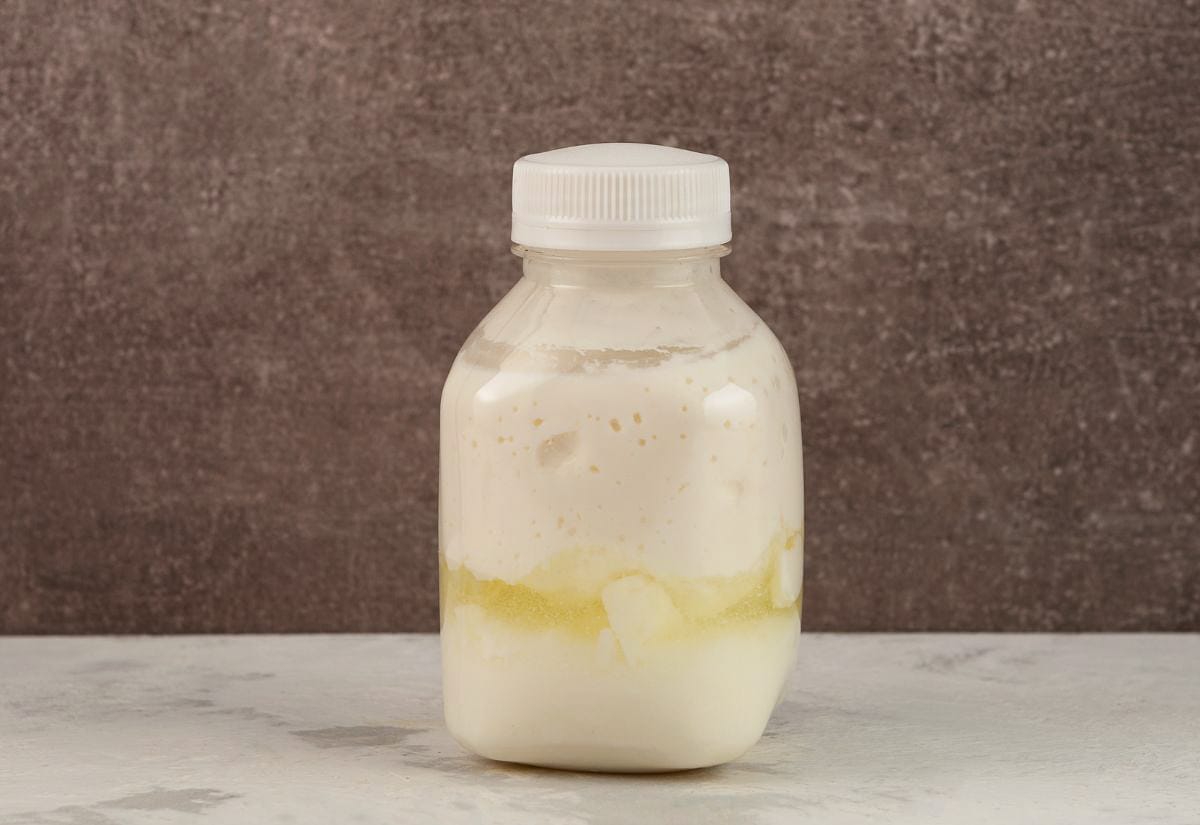
Liquor
Why: Hard liquors like vodka, gin, or bourbon contain simple sugars and organic compounds that can stimulate microbial activity in tired container soil. This mild “wake-up call” can help break down compacted or depleted potting mix.
How to Use:
- Mix 1 shot (about 1.5 oz) of clear or amber liquor into 1 gallon of water.
- Water your potted plants with this solution just like you normally would, but do not drench the soil—treat it more like a tonic.
When to Use: Use in late summer or early fall when container plants start to look a little tired or sluggish. This is best used sparingly—no more than once a month.
Beer
Why: The yeast and sugars in beer act as fuel for compost microbes, helping them break down materials faster and balance out carbon-heavy piles (like dry leaves or straw).
How to Use:
- Pour leftover or flat beer directly onto your compost pile, spreading it around to dampen the materials.
- You can also soak a rag in beer and use it as a trap for slugs—place it near vulnerable plants overnight.
When to Use: Add to your compost pile any time you’re building or turning it—especially when it seems dry or slow to heat up. Slug traps are best used during damp spring and fall evenings.
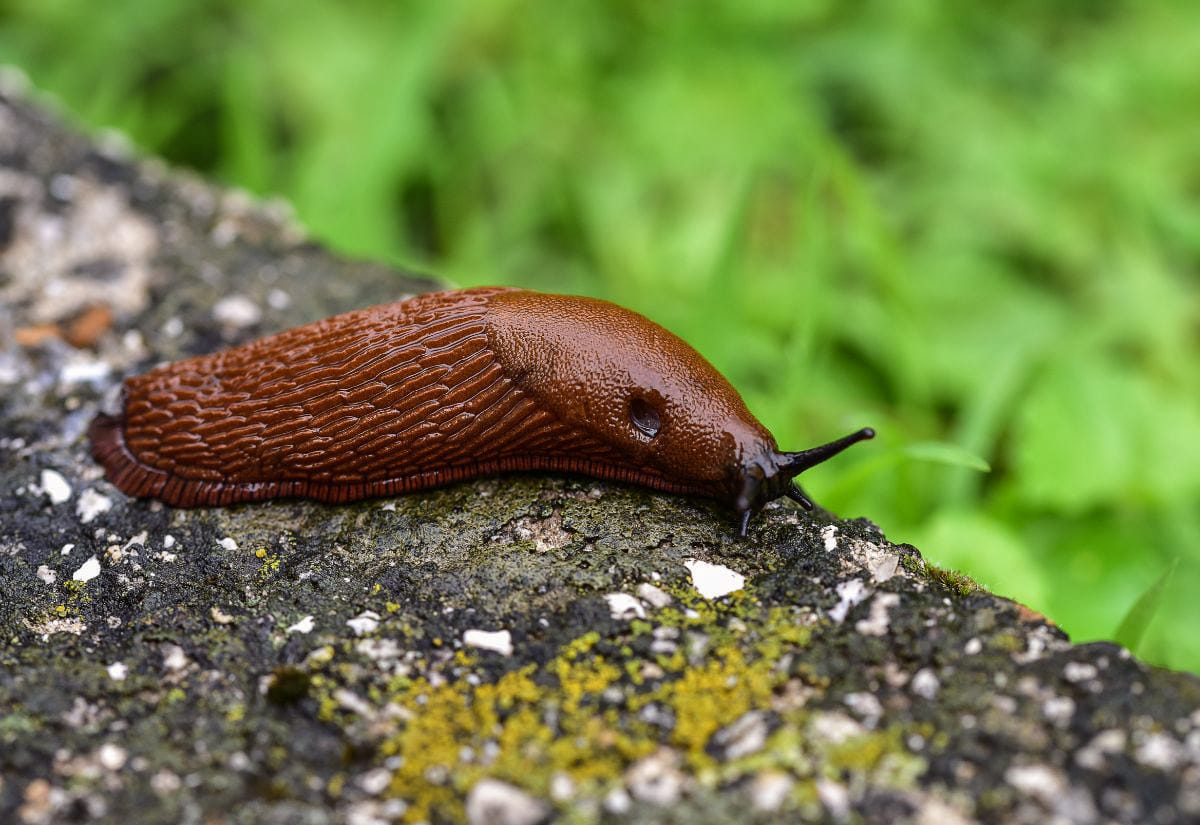
Cayenne Pepper
Why: Cayenne pepper’s capsaicin content makes it unpleasant to dig in or sniff out—perfect for protecting newly planted spring bulbs or garden beds from curious critters like squirrels, chipmunks, or even rabbits.
How to Use:
- Sprinkle a tablespoon or two of cayenne directly into the soil when planting bulbs.
- You can also mix 1 tbsp of cayenne with 1 gallon of water and a few drops of dish soap and spray it over mulch or plant leaves (test first for sensitivity).
When to Use: Apply in early spring or fall when you’re planting bulbs or setting out tender seedlings. Reapply after heavy rain or every 2–3 weeks for best results.
Sugar
Why: Tiny seeds—like lettuce, carrots, or herbs—are hard to space evenly when sowing. Sugar acts as a carrier, allowing better distribution while lightly feeding soil microbes as it breaks down.
How to Use:
- Mix ⅛ cup of granulated sugar with your small seeds before sowing.
- Broadcast the mix evenly across your seedbed and water gently to settle everything in place.
Tea Bags
Why: Tea leaves contain nitrogen, tannic acid, and trace minerals that encourage seed germination and improve seedling health. The mild acidity can also deter mold growth during germination.
How to Use:
- Steep 1 tea bag in a gallon of water for about 10 minutes, then let it cool.
- Moisten two paper towels with the tea and sandwich your seeds between them.
- Place the packet in a zip-top bag and refrigerate overnight to boost germination, especially for slower-starting seeds like peppers or eggplant.
When to Use: Use during early seed-starting season, typically late winter to early spring, or whenever starting slow-to-sprout seeds indoors.
Dry Oatmeal
Why: Oatmeal retains moisture and provides a gentle buffer against root stress. When used in transplant holes, it can help young plants adjust by keeping the soil slightly more hydrated and nutrient-rich.
How to Use:
- Add 1–2 tablespoons of plain, uncooked oatmeal to the bottom of each transplant hole before setting in the plant.
- Water thoroughly after planting to help it begin breaking down.
When to Use: Use during spring and summer transplanting, particularly when moving tomatoes, peppers, or leafy greens into the garden.
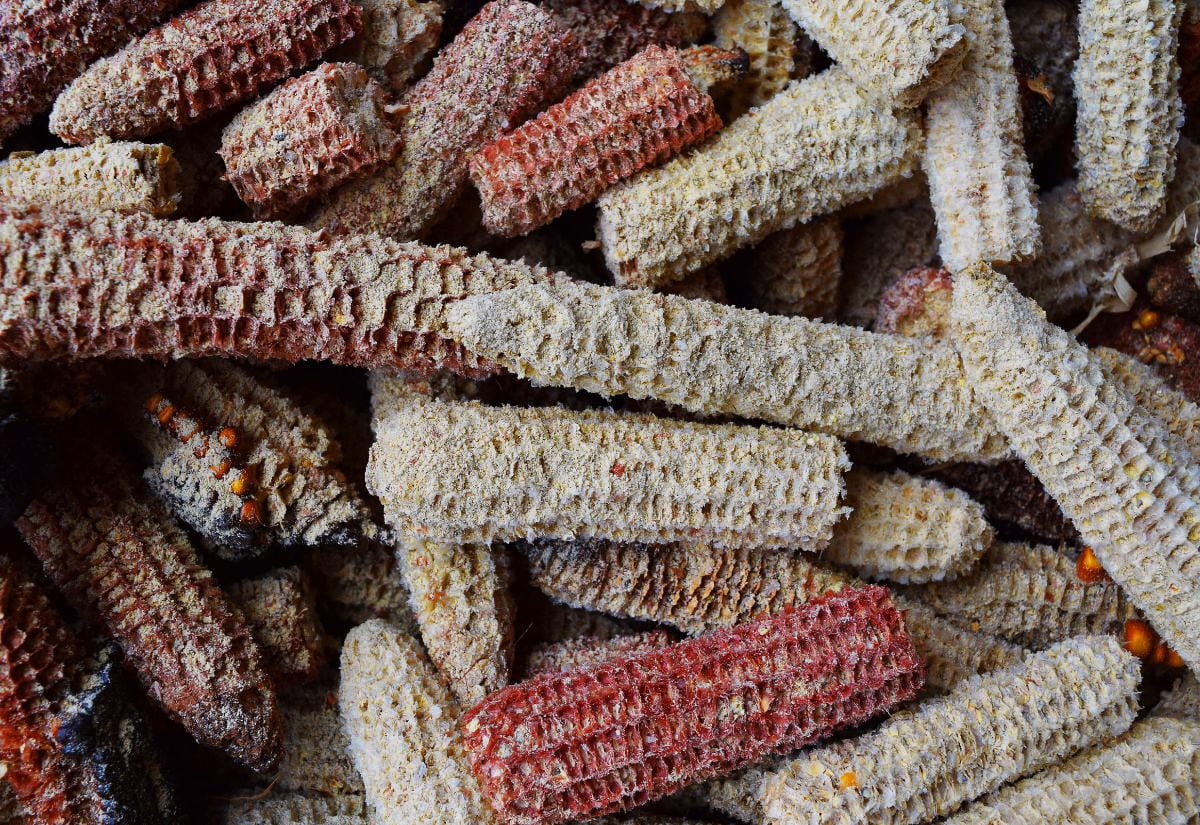
Vinegar-Soaked Corncobs
Why: The strong smell of white vinegar is a natural deterrent for rabbits, chipmunks, and squirrels. Corncobs act as a long-lasting scent holder in the garden, giving the vinegar more staying power.
How to Use:
- Soak dried corncobs in white vinegar for a few hours or overnight.
- Place them around the perimeter of your garden beds or near plants that critters like to chew.
- Re-soak every 1–2 weeks or after heavy rain.
When to Use: Start in early spring when seedlings go out and continue through summer as needed—especially if you have regular critter visitors.
Epsom Salt
Why: Epsom salt is high in magnesium and sulfur—two micronutrients essential for fruiting plants like tomatoes and peppers. It helps prevent magnesium deficiency, which shows up as yellowing leaves and poor fruit development.
How to Use:
- Dissolve 1–2 tablespoons of Epsom salt in 1 gallon of water.
- Water your plants with this solution every two weeks during peak fruiting season.
- You can also side-dress the soil with dry Epsom salt (1 tbsp per plant) and water it in.
When to Use: Begin applications once fruit sets and continue through harvest season. It’s especially useful in mid to late summer.
Black Peppercorns
Why: Black pepper is a surprisingly effective natural insecticide. Its strong scent and active compounds can kill soft-bodied insects like aphids, caterpillars, and sawfly larvae while deterring many more pests from chewing or laying eggs on your plants.
How to Use:
- Grind peppercorns into a coarse powder and sprinkle it directly on plant leaves or around the base of affected plants.
- For a spray: simmer 1 tablespoon of peppercorns in 2 cups of water for 5 minutes, cool, strain, and mix with a few drops of dish soap. Spray directly on pests or the leaves they frequent.
When to Use: Apply when pests first appear—typically late spring through mid-summer. Reapply after heavy rain or every 5–7 days for persistent issues.
Coffee Grounds
Why: Coffee grounds are rich in nitrogen, making them a great slow-release fertilizer. They also improve soil texture and attract earthworms while repelling certain pests like ants, slugs, and even neighborhood cats.
How to Use:
- Sprinkle a thin layer of used grounds directly onto the soil around your plants. Don’t overdo it—too much can compact and block airflow.
- Mix grounds into compost or use them in mulch blends. They also make an excellent addition to worm bins.
When to Use: Best used in early spring when prepping beds or mid-season as a light side-dressing for leafy greens and nitrogen-loving crops like corn or broccoli.
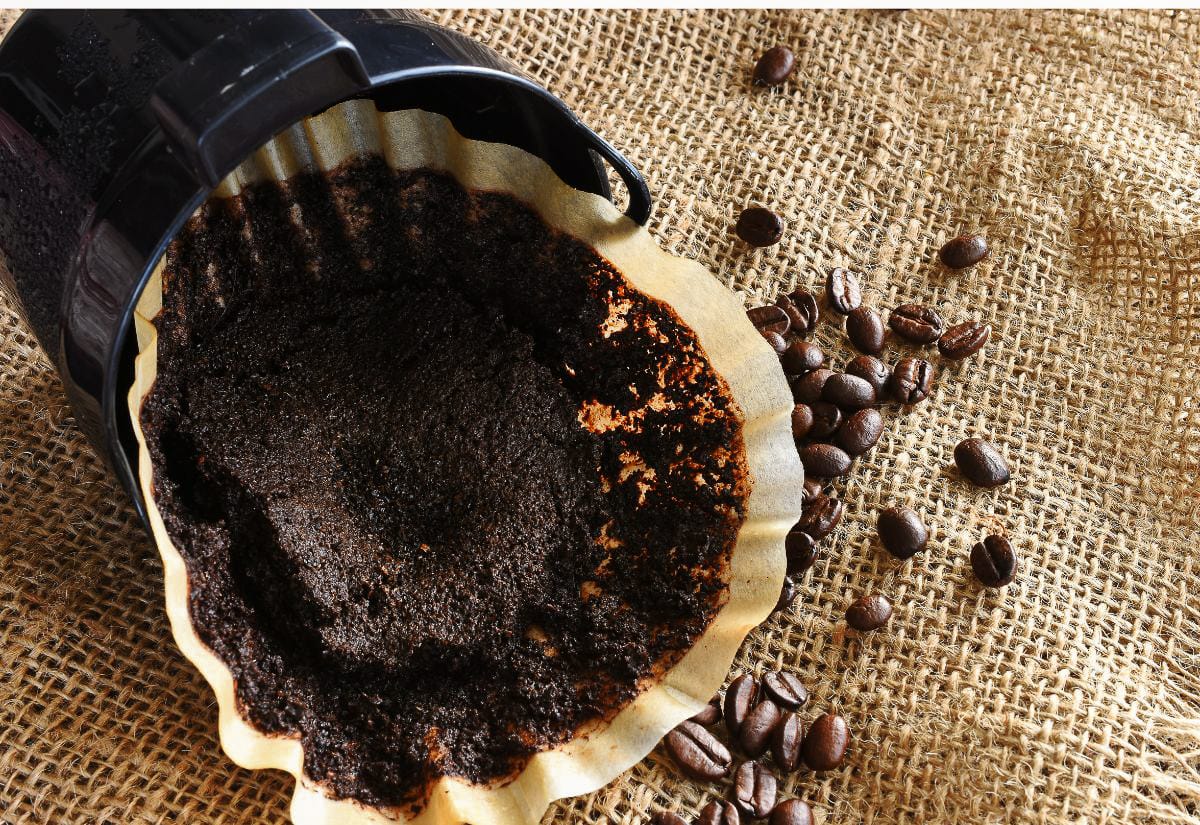
Citrus Peels
Why: Citrus peels naturally deter cats and ants, thanks to the strong scent and oils. The peels also slowly decompose, enriching your soil with potassium and phosphorus as they break down.
How to Use:
- Chop peels into small pieces and scatter them around plants you want to protect.
- To make a stronger deterrent, blend peels into a slurry with a bit of water and pour the mixture at the base of plants.
When to Use: Use in early spring to keep cats out of newly planted beds or when you notice ant trails. Reapply every 1–2 weeks or after heavy rain.
Still Curious? Here’s What Else You Should Know
Pin these tried-and-true pantry fixes to your garden board.

So many gardening wins can come from things most folks toss without a second thought. From crushed eggshells and tea bags to Epsom salt and sour milk, there’s a whole world of garden fixes tucked inside your pantry. It’s thrifty, low-waste, and honestly kind of fun to experiment with—especially when you see the results in your harvest.
Do you have a favorite pantry item you use in your garden? I’d love to hear about it—drop it in the comments and let’s swap ideas!




